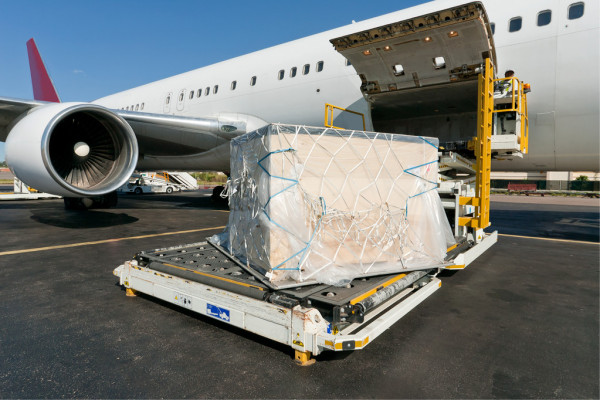Ocean Freight
Ocean & Air Freight - August 4, 2020

Topics: Insider, Freight Rates, 3PL, COVID-19, Economy
Truckload Update - July 24, 2020

The possible end of the extended unemployment insurance program next week, COVID-19 outbreaks in many states, uncertainty in consumer demand, and rising retail warehouse inventories make current truckload industry predictions a little cloudy. Some factors such as several recent data points suggesting inventories are rising faster than sales lead us to believe not all is well, but could be looking up. The latest Logistics Managers Index showed June inventory levels jumped up by 7.6% month-over-month after being relatively flat for all of March, April, and May. Warehouse capacity has been contracting for four consecutive months, with the largest decrease in June dropping by a further 6% to its lowest level since the index began in early 2018. The latest manufacturing and sales inventory report published last week by the Census Bureau showed that the inventory-to-sales ratio improved slightly to 1.51 in May from 1.67 in April which is a step in the right direction. From a freight recovery perspective, high inventory-to-sales ratios will eventually translate to lower truckload volumes.
Ocean & Air Freight - July 17, 2020
.jpg?width=800&name=1%20(1).jpg)
Ocean Freight
Truckload - July 10, 2020
Coronavirus cases are down globally, up nationally, and unsurprisingly still making the markets unpredictable. However, truckload markets may be reaching normalcy for the first time in what feels like a long four month of instability.
Air Freight - June 17, 2020

Air Freight Rates: China and North America
Topics: Insider, Continuous Improvement, 3PL, COVID-19, Economy


.png?width=770&name=baby%20truck%20(1).png)

